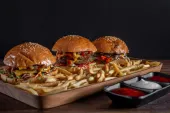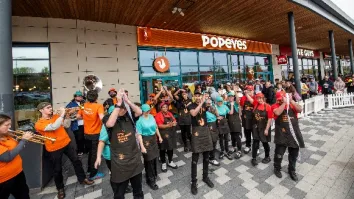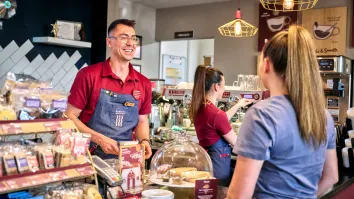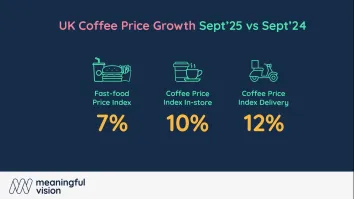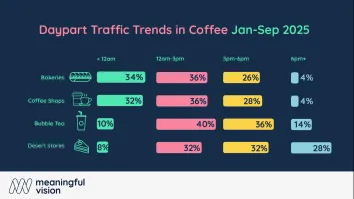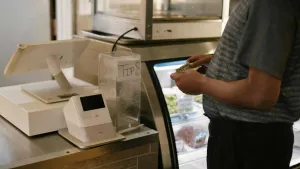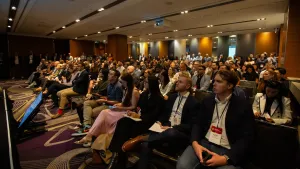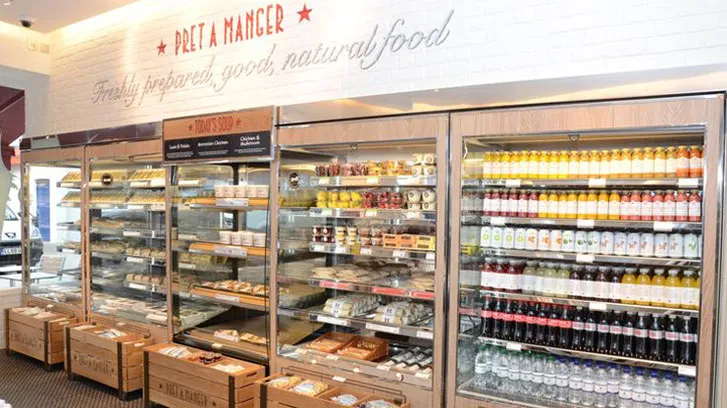
UK workers are bored with lunch options, says survey
According to a study done by private equity firm Piper, one-third of those surveyed in a number of high density working lunchtime hotspots in London and Manchester are bored by what’s on offer for lunch around their offices.
One-third of people surveyed buy their lunch from on-the-go/quick service food brands more than three times a week. Two-thirds choose where to buy lunch just before they go out/leave work, while a further third don’t decide until they are walking down the street.
Piper found that logistical excellence is clearly vital to consumers. Speed is the most important factor (87%) when choosing where to eat lunch, alongside proximity to the office (70%). In a market where speed is more important than the range of dishes available (73%) and proximity is more important than the availability of healthy lunch options (59%), an increased recalibration from function to brand experience is essential.
The results also found that with around half of respondents thinking about the dish/meal/cuisine that they want and then thinking of where to get it, consumers are increasingly knowledgeable, fussy and dictatorial in their preferences.
Ironically, operators themselves are feeding the unswerving consumer demand for quality and service. Primarily, by providing ever-innovative food offerings, by becoming ever convenient and by becoming logistically slick, lunchtime operators have spoilt their customers and have helped to make a consumer’s lunch decision trivial and spontaneous. The research shows that, on average, consumers are willing to walk seven minutes to get lunch from a place that they like, though nearly half of Londoners (43%) won’t venture further than five minutes away.
As such, loyalty has become a function of convenience, fickleness has become rife and consumers’ insatiable craving for a broadened lunchtime repertoire easier to satisfy. Nearly two thirds (64%) of Londoners buy their lunch from 3+ places in a typical working week. For the half of respondents that are led by what they want to eat rather than where they want to eat, brand experience has become obsolete and function has trumped brand personality. As a consequence, loyalty and brand engagement have become trickier to promote in the lunchtime space.
For lunchtime operators to succeed in this space and ultimately to dislodge the dominance of Pret A Manger, the undisputed king of convenience and logistical slickness, they need to shift from being operators to being brands and from serving a need to creating memorable experiences. The lunchtime market needs to take more lessons from the casual dining industry, which in its own right is now impeding on the space through its own takeaway services as well as through Deliveroo.
Driving real customer loyalty will mean increasing dwell times and providing customers with a more holistic all-day experience beyond the
queue-pay-leave-eat at the desk psychology. To convert a functional and clinical purchase into a thought-through experience will be difficult, but the winners in this space will manage to do so.
Organically, many operators have focused on having a fantastic coffee offering, which can help to inspire brand stickiness and drive visits throughout the day (50% of those who drink coffee say they are ‘more likely’ to revisit if a place has good coffee). They have played their part in transforming a swathe of Londoners into coffee snobs.
Another tactic has been to increase the size of the units and the availability of quality seating. Pret, again, is a good example. By buying adjacent units and increasing capacity, they have incentivised consumers to eat and drink on-site. Some operators have innovated by trying to capture the evening space – Pret has been trialling a dinner and alcohol offering at its Strand site, whilst brands such as The Grind, Fernandez & Wells and Notes make a smooth transition from cafés to wine bars.
Having an all-day offering will become even more important as the pressure to scale and build up a strong site pipeline increases. This will be especially important when proving a concept can succeed outside London. With a limited number of high footfall, high worker density locations outside London, lunchtime brands will need to adapt and offer a broadened added value experience that justifies the price.
For lunchtime brands operating outside the capital, price architecture is essential to get right – 67% of Londoners spend £5 or more on lunch compared to just 42% of Mancunians. Outside London, they too will face sterner competition from supermarkets – one-fifth of Mancunians buy their lunch from a supermarket 3+ times a week. As such, proposition and value flexibility will matter increasingly as the market in London becomes saturated.
Breaking out of the 12-2pm bubble is becoming a necessary differentiator both in terms of attracting customers and improving site performance. Brands will increasingly seek to establish a strong breakfast offering (23% of Londoners buy breakfast at least once a week from an on-the-go operator) as well as servicing mid-morning/mid-afternoon coffee runs and post-work snacks, meals and drinks.
Ultimately, the research shows that brands that are able to stay relevant throughout different day parts and offer a strong branded experience will prevail in the long-term.
